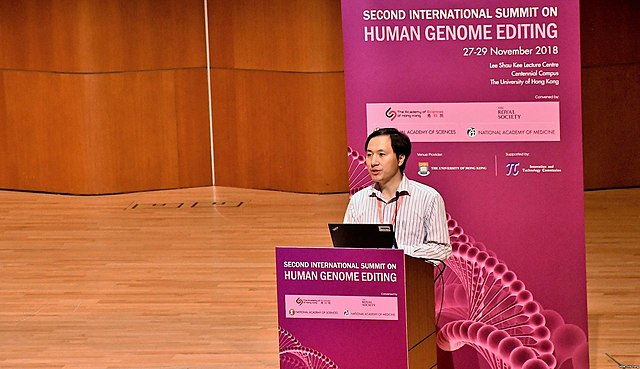Aggregated News

The second-most shocking thing He Jiankui told the international genome editing summit in Hong Kong last November — right after announcing that twin girls had been born from embryos whose DNA he’d changed with CRISPR — was that he’d followed guidelines on embryo editing set forth by a panel of leading U.S. scientists and ethicists.
That committee of the National Academies of Science, Engineering, and Medicine basically said, in 2017: If society agrees this is OK, proceed with extreme caution. He claimed he had checked all the panel’s boxes, meeting a long list of criteria that include editing only genes “convincingly demonstrated” to cause the disease, conducting “credible” animal studies first, and having “reliable oversight mechanisms.”
Whether he honestly believes that, or is just claiming to as a way of spreading around the blame for a dangerous, unethical experiment, is anyone’s guess. But his statement horrified virtually everyone — and no one more than members of that 2017 committee.
“It was a shock,” said biologist Richard Hynes of the Massachusetts Institute of Technology, the committee co-chair. Regardless of what He...



